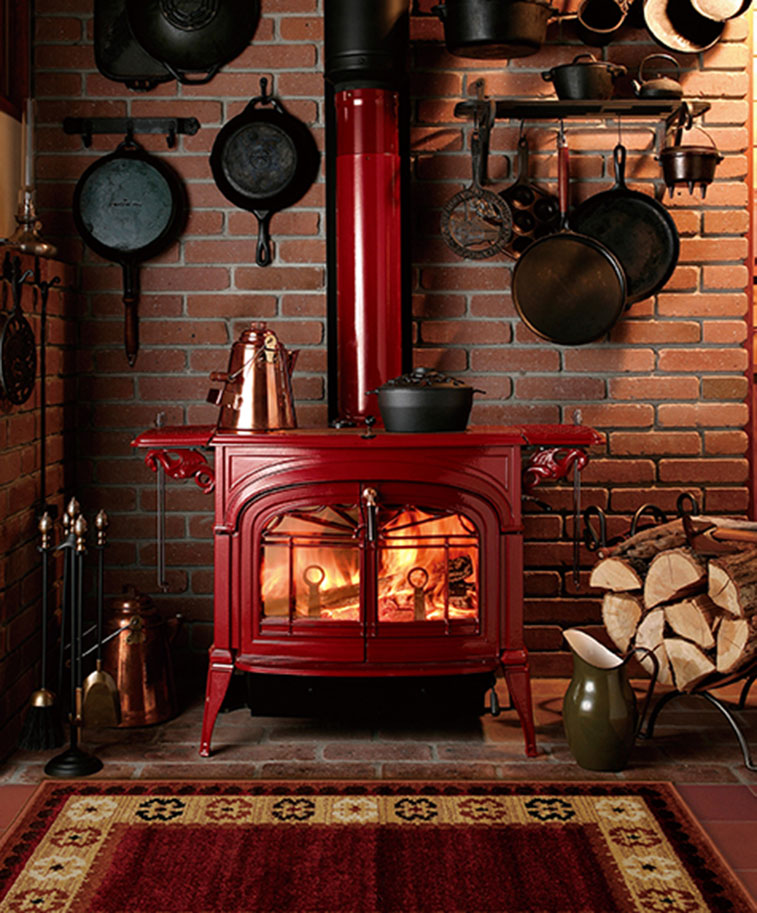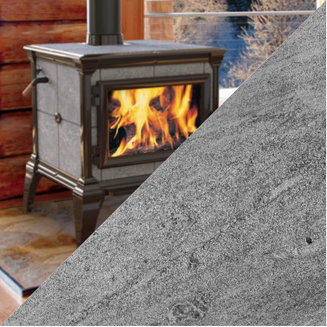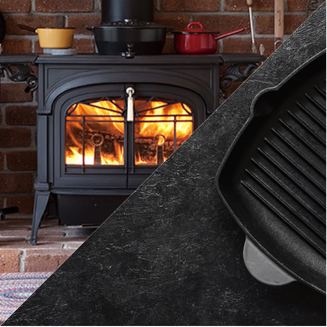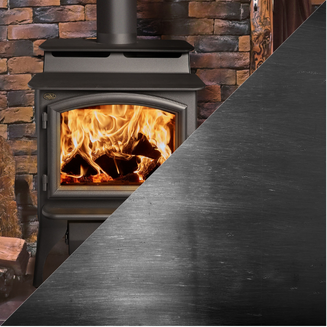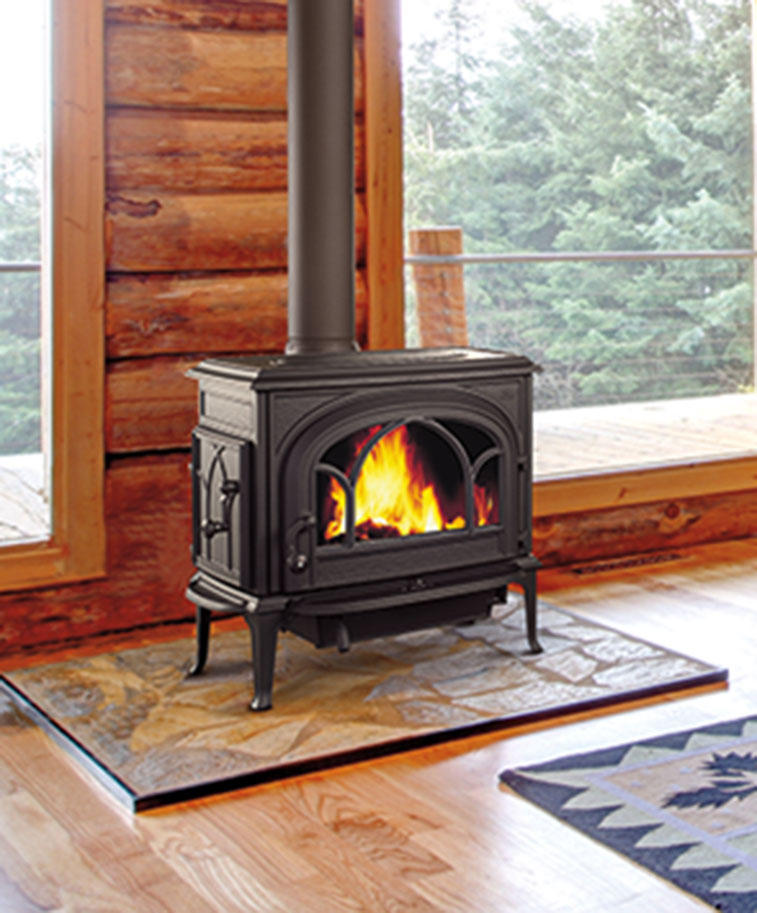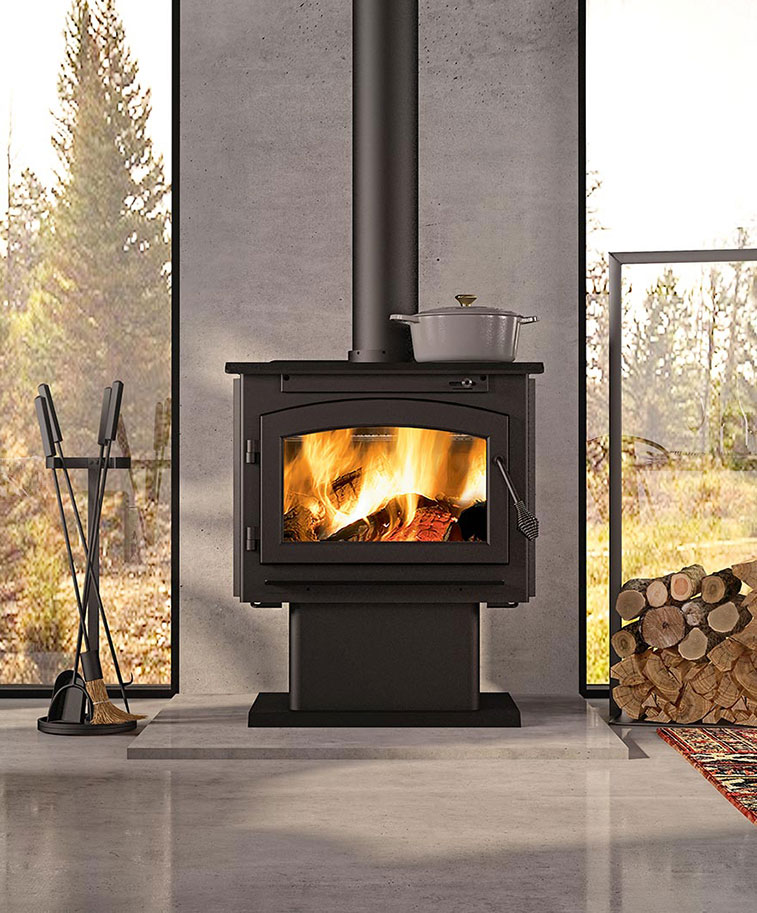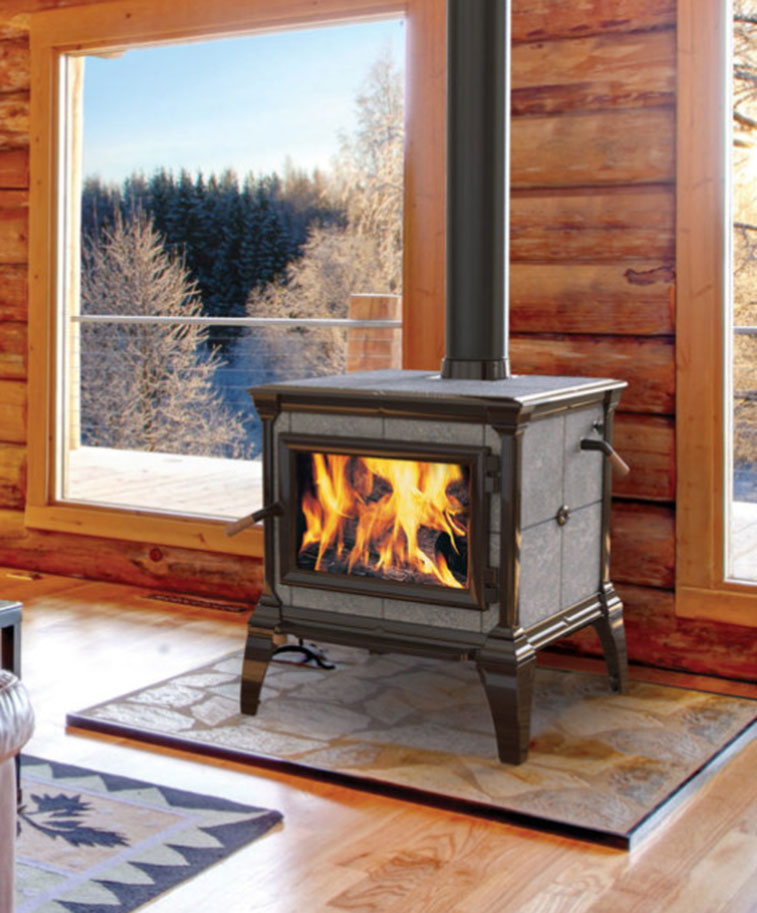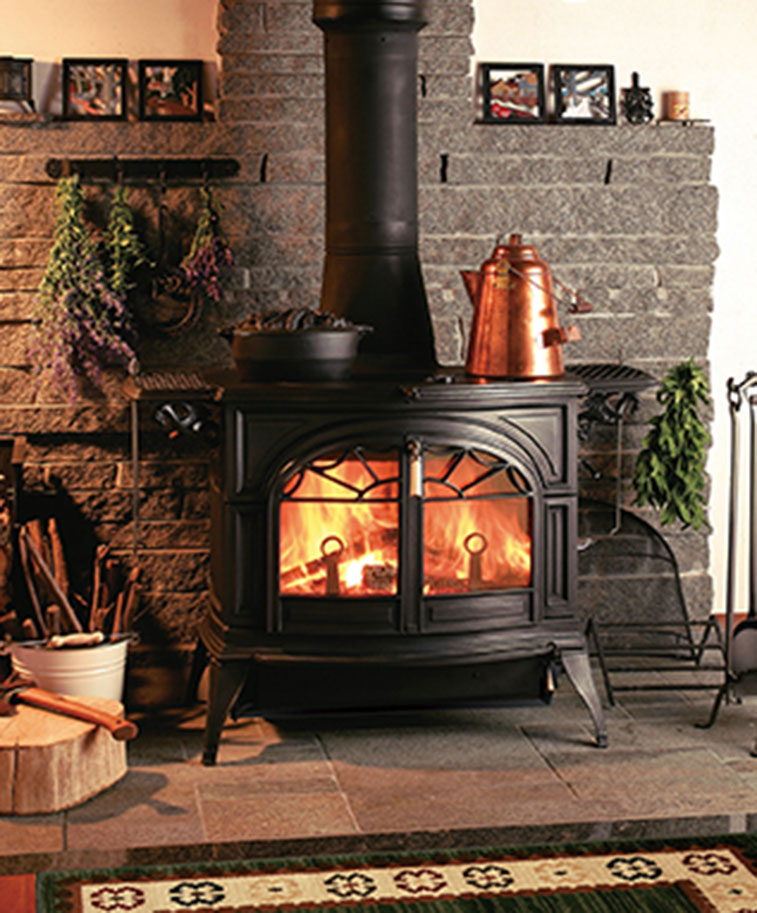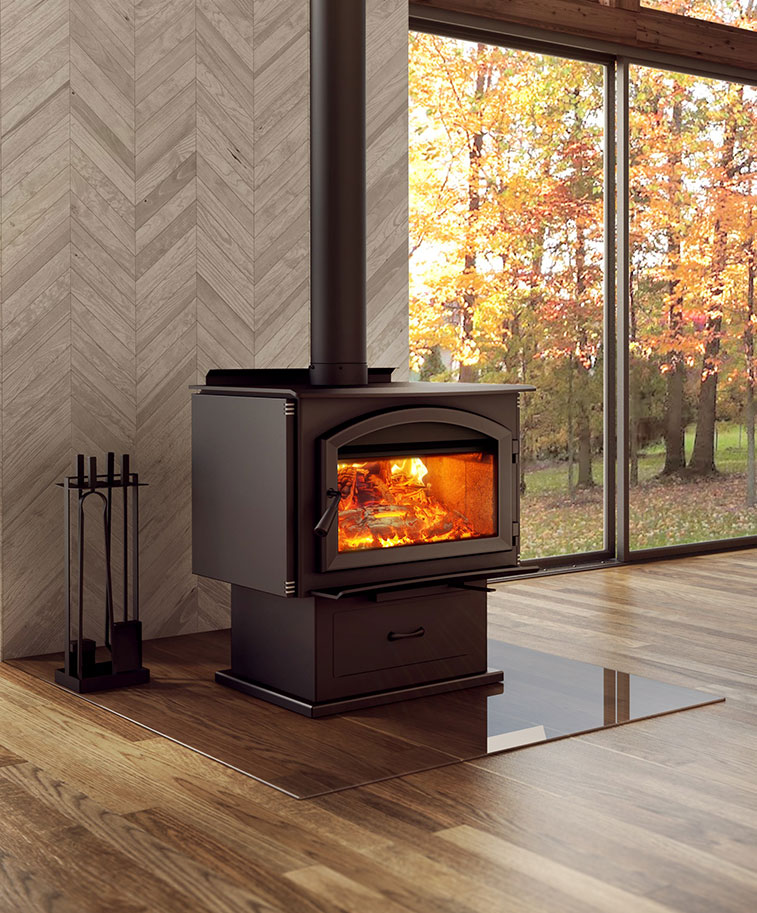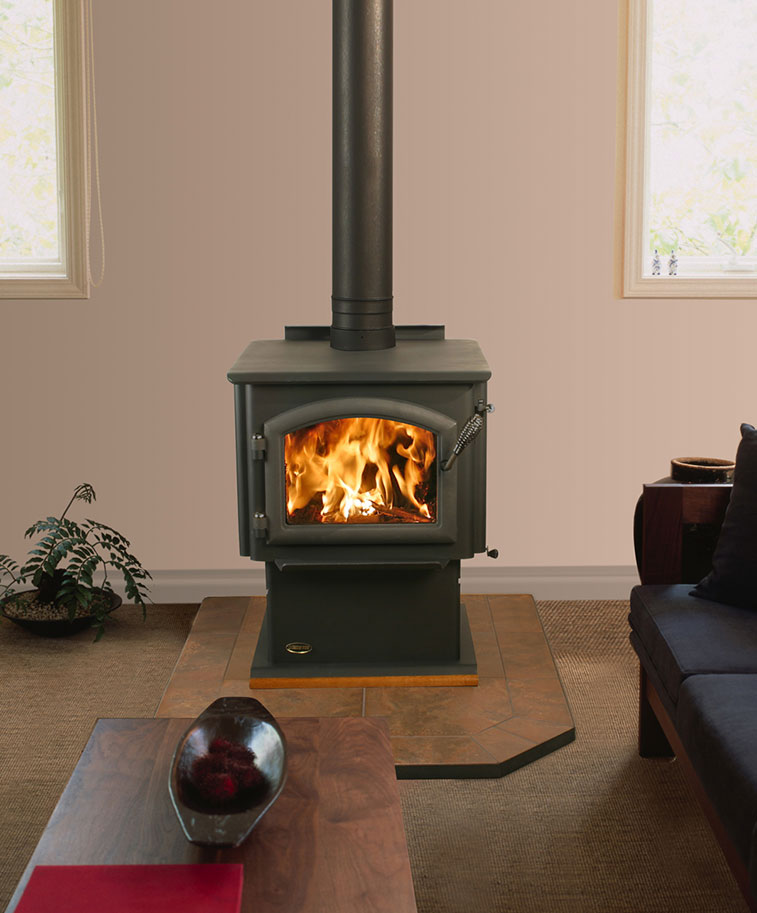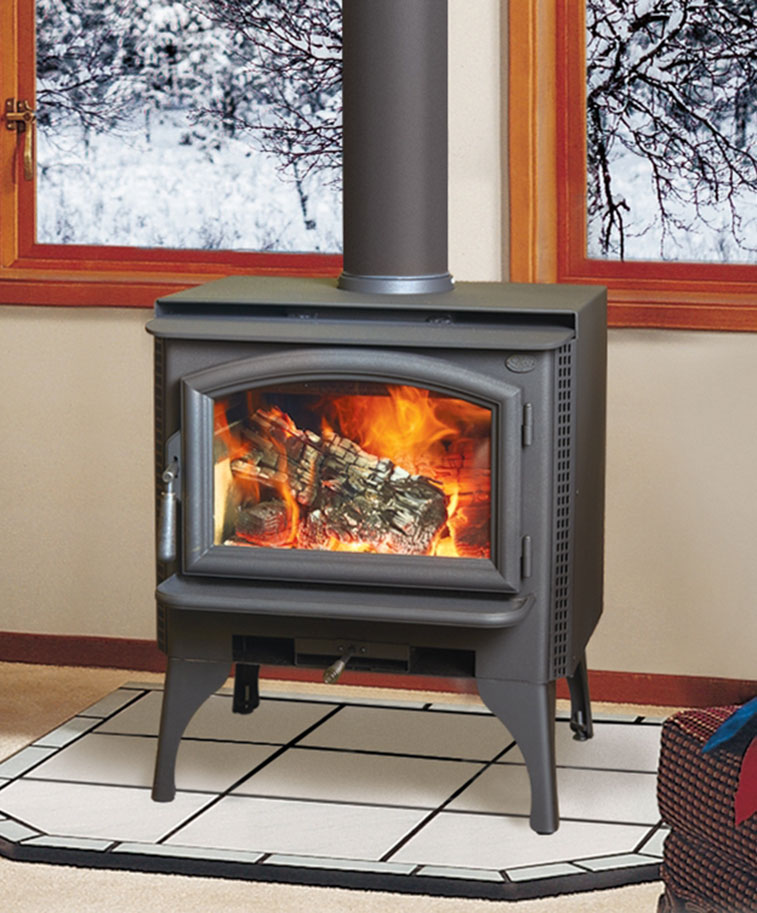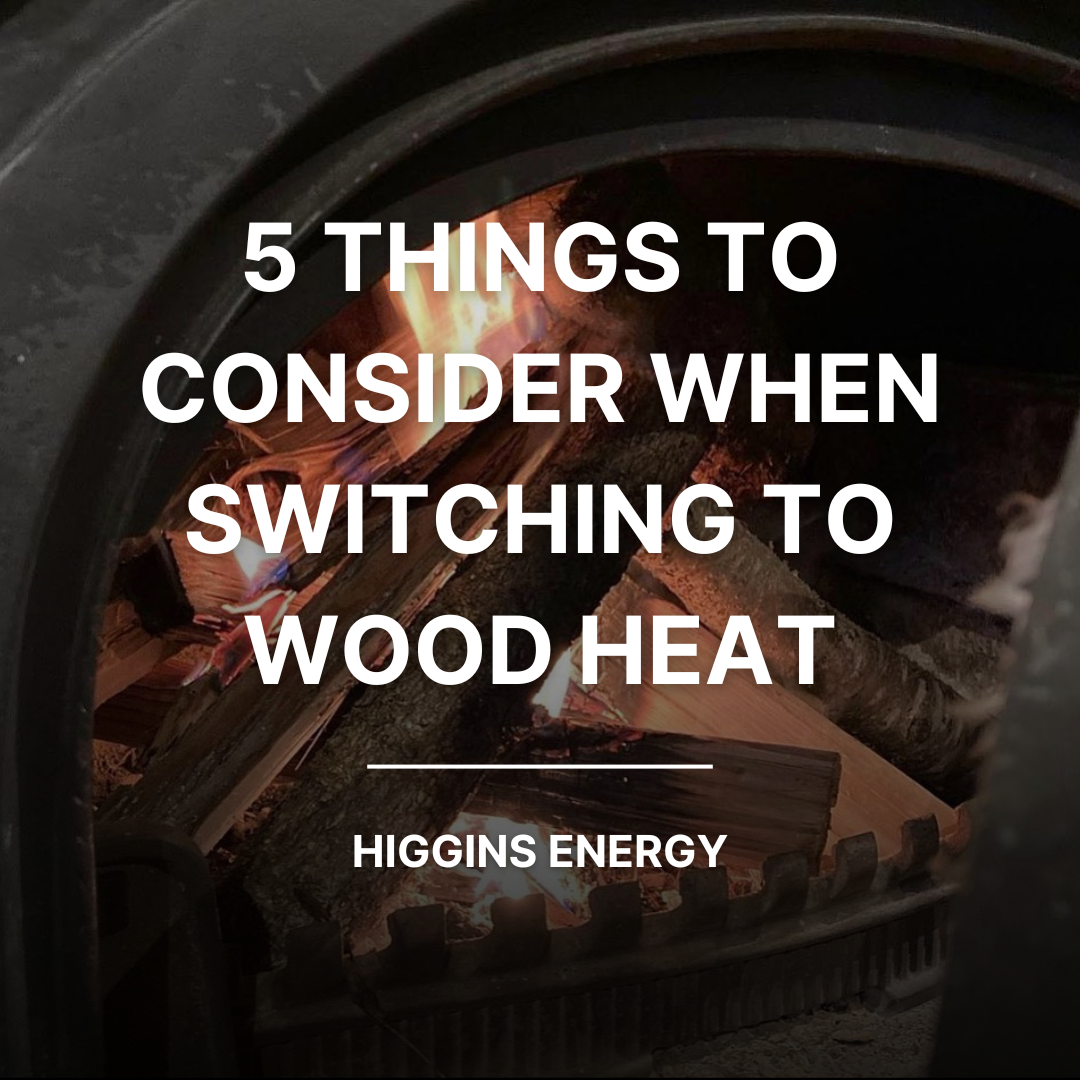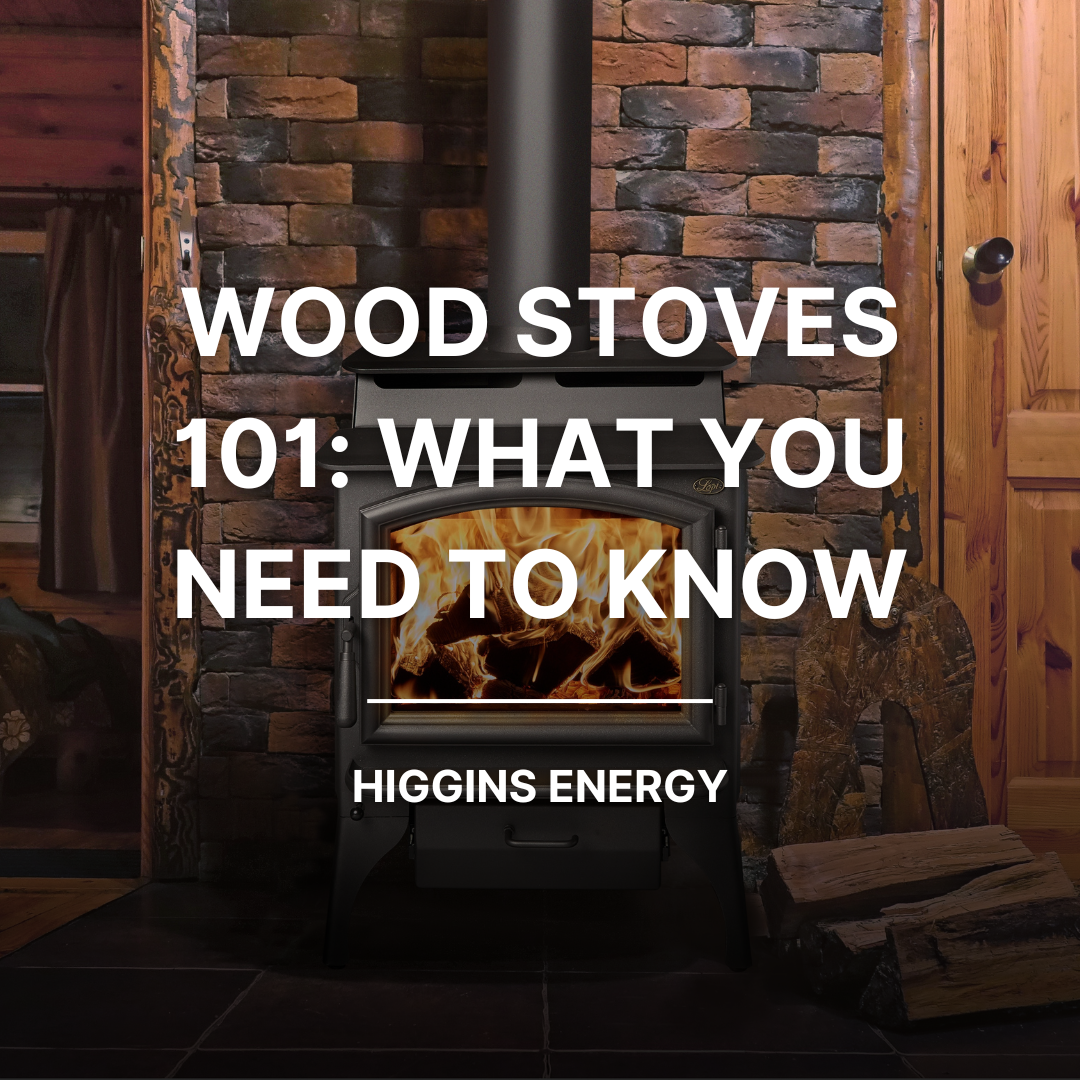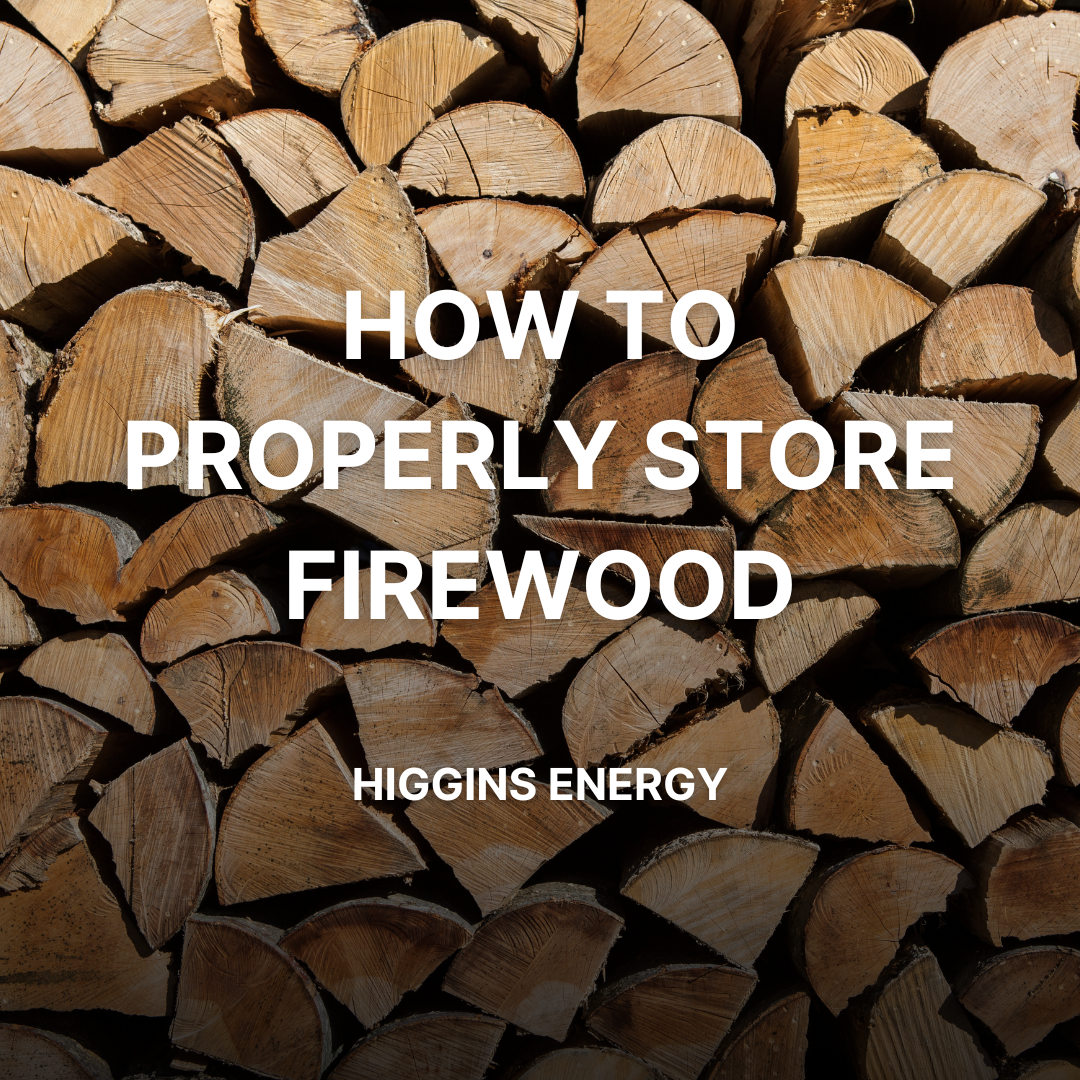Wood heat is enchanting. It’s easy to fall in love with the sizzling crackle and aromatic scent of burning wood, especially when it heats your home so efficiently and affordably. Adding a wood stove to your home can be a great way to add warmth while also reducing costs and becoming energy independent.
Whether you are new to wood heating, or are replacing an old-school wood stove with a modern one, it is important to have the right chimney, the right methods, quality fuel, and the right knowledge to help you get started.
Stay warm and know you are making a good choice for your budget – and the environment – by burning the most renewable energy source there is: wood!
